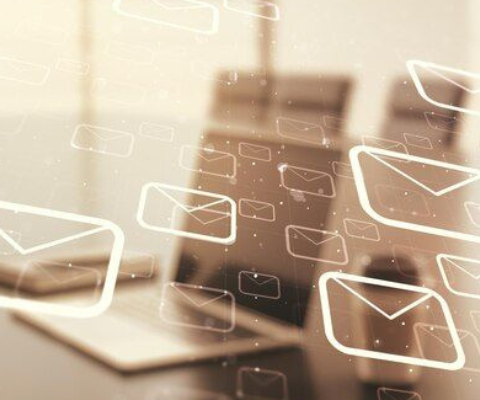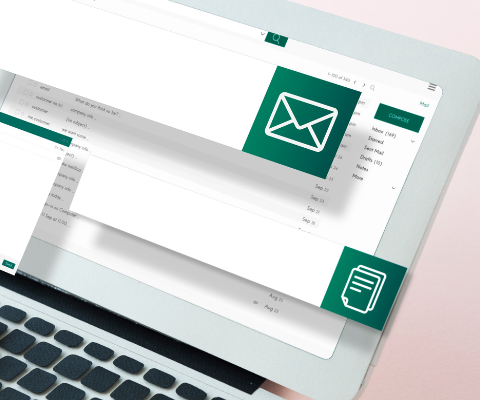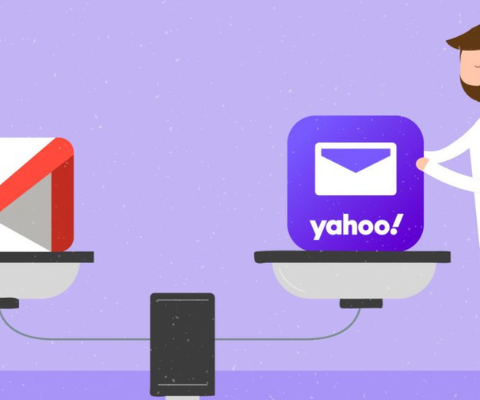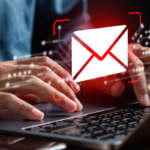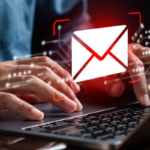7 Proven Strategies to Boost Brand Awareness
In the vast realm of digital communication, email marketing remains a dominant force. With 82% of marketers considering email the most effective channel for content marketing, lead nurturing, and conversion rates, leveraging this tool becomes essential for elevating brand awareness. This article delves into seven sure-fire tips to help marketers craft a top-notch brand awareness strategy using email marketing.
Consent Is Paramount:
Email marketing success begins with targeting the right audience. Building a subscriber list of individuals genuinely interested in engaging with your brand is crucial. Seeking consent and offering the option to opt-in ensures emails reach an audience genuinely interested in your content. Sending emails to non-subscribers not only damages brand reputation but may lead to spam marking.
Embrace Welcome Emails:
Crafting a positive first impression is vital in email marketing. Welcome emails serve as an excellent tool for introducing customers to your products and services with a warm touch. These initial interactions, akin to the approach taken by Casper, contribute significantly to brand visibility.
Deliver Value:
Provide value through email content by understanding your target audience’s interests and preferences. Avoid merely pitching sales; instead, focus on delivering relevant and insightful content. Consider organizing webinars and events, showcasing industry knowledge and completed projects, to enhance subscriber engagement and brand appreciation.
Personalization and Segmentation:
With the staggering number of emails sent daily, standing out is challenging. Personalization and segmentation based on criteria like demographics and buying behavior allow for a targeted and personalized approach. Strategies such as personalizing subject lines and sending trigger emails enhance the attention-grabbing nature of email campaigns.
Strong and Effective CTA:
A compelling Call to Action (CTA) is crucial for prompting customers to take action and increasing brand awareness. Use a single, clear CTA in your emails, specifying the desired action and its benefits. Hipmunk’s effective CTA placement serves as a noteworthy example.
Align Email and Landing Page:
Maintain consistency between email campaigns and landing pages to provide customers with a seamless brand experience. Customize landing pages to mirror email offers and ensure aesthetic continuity. Consistent branding elements from logos to layouts enhance brand awareness.
Consistency Is Key:
To offer customers a valuable content experience and elevate brand awareness, maintain consistency in your email strategy. Consistency in email frequency, delivery schedule, formatting, and visual style fosters trust and builds long-lasting relationships with subscribers, ultimately boosting brand awareness.
Conclusion:
In the highly competitive landscape of digital marketing, email marketing stands as a powerful tool. By incorporating these seven strategies into your email marketing campaign, you can build brand awareness, stand out amidst competition, and position your business for long-term success.

